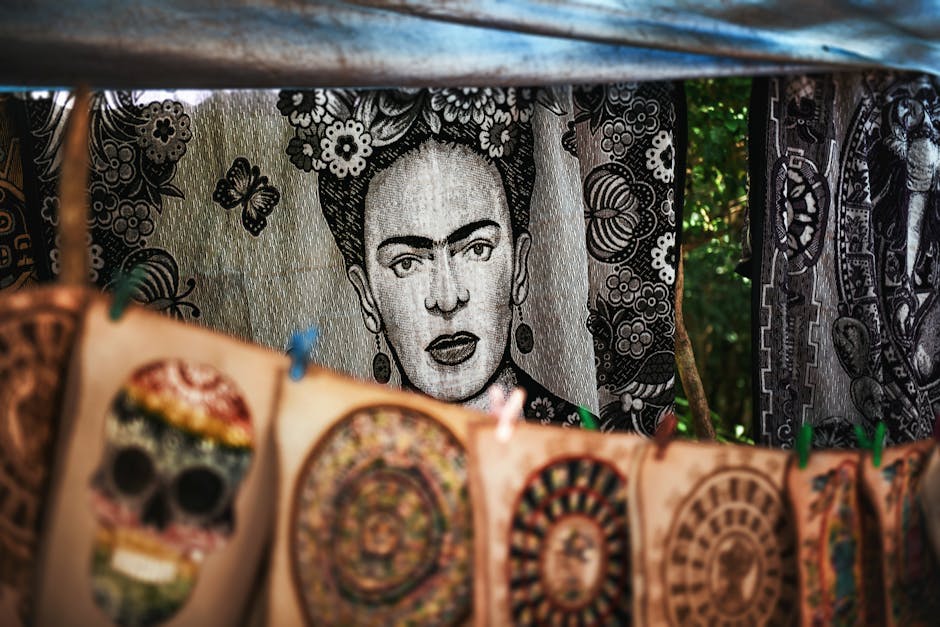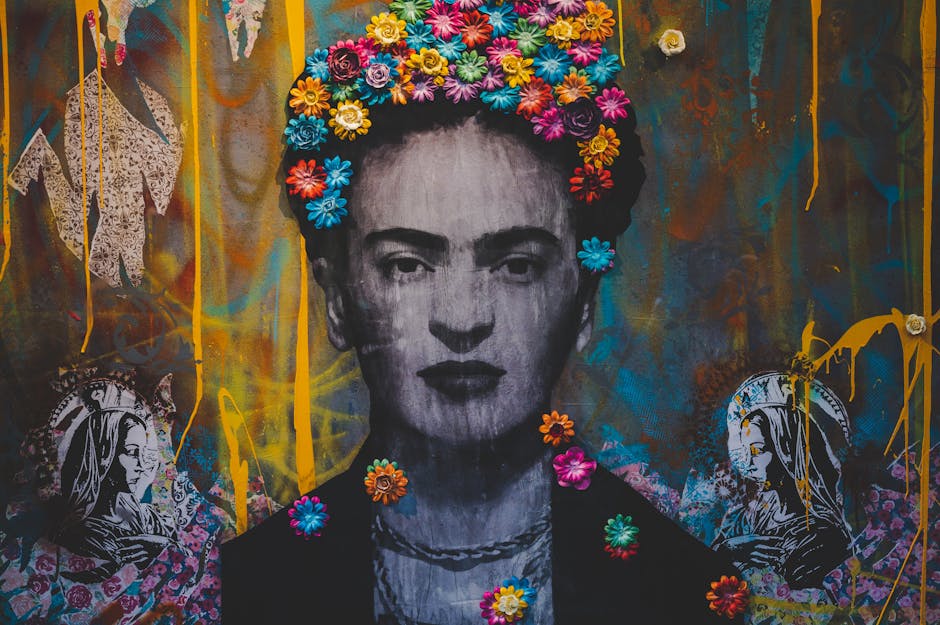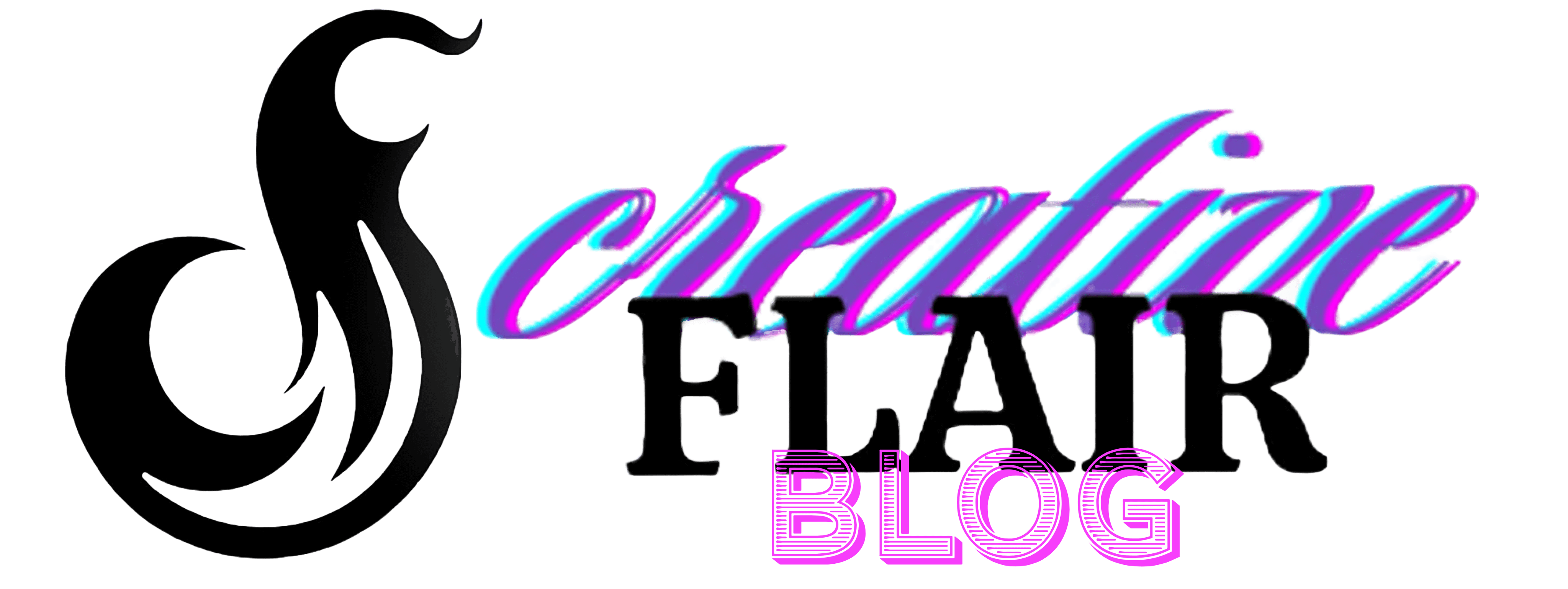Early Life and Influences
Frida Kahlo's childhood in Mexico City blended joy and hardship. Born to Guillermo, a German-Hungarian photographer, and Matilde, of Spanish and Native American descent, Kahlo's diverse cultural background influenced her art. At six, she contracted polio, leaving her with a lifelong limp. Her bedridden days cultivated keen observation skills, as she absorbed books, stories, and images that would later become symbols in her paintings.
Kahlo attended the prestigious National Preparatory School, one of the first female students to do so. Here, she mingled with politically active students, feeding her rebellious spirit and interest in Mexican culture. Her connection with Diego Rivera began here, sparking both admiration and later a tumultuous marriage.
In 1925, a catastrophic bus accident left Kahlo with severe injuries, including a shattered spine and broken pelvis. During her recovery, she began painting seriously, using art to process her pain. Her self-portraits became visual diaries of her struggles and resilience.
Kahlo's mixed heritage intrigued her and became a recurring theme in her work. In "My Grandparents, My Parents, and I (Family Tree)," she explores her ancestry, merging European and Mexican roots. This piece solidifies the foundation of her bicultural identity—a constant source of inspiration.
Collaborating with Rivera, she explored political themes, embedding her work with social critiques and personal statements. Kahlo's art transcends mere aesthetics, serving as a portrayal of a life fraught with battles but teeming with resilience. Through her canvases, she invites viewers into her reality, urging them to see beauty in suffering and strength in fragility.
Impact of Physical and Emotional Pain
The 1925 bus accident was a turning point in Frida Kahlo's life, resulting in devastating injuries that caused lifelong pain. Her numerous surgeries and periods of immobilization became a catalyst for her art, as she transformed her suffering into creative expression.
Kahlo's paintings vividly portrayed her battle against pain. "The Broken Column" depicts her almost nude, with a fissured body held together by a broken architectural column, symbolizing her fragile support system. Sharp nails pierce her flesh, and tears streak her face, communicating her debilitating pain while also signifying her undying spirit.
Her self-portraits explored not only physical pain but also emotional turmoil. Kahlo's relationship with Diego Rivera was a source of both inspiration and anguish. Their turbulent marriage, marked by infidelities, deeply affected her emotional well-being. This is hauntingly expressed in "The Two Fridas," where she portrays herself in dual personas—the loved and the unloved Frida.
Kahlo's unfulfilled desire for motherhood added another layer of emotional struggle. "Henry Ford Hospital" poignantly captures her grief over miscarriages, depicting her naked and vulnerable on a hospital bed, surrounded by symbolic objects representing her lost pregnancies.
Themes in Kahlo's Work:
- Physical pain and resilience
- Emotional turmoil in relationships
- Unfulfilled motherhood
- Mexican cultural identity
Despite these heavy themes, Kahlo's work retains a sense of defiance and vitality. "Self-Portrait with Cropped Hair" embodies her assertion of autonomy following her separation from Rivera, revealing her complex relationship with gender and self-perception.
Kahlo's art often included elements of Mexican folklore, Catholic iconography, and indigenous symbolism to articulate her inner torment and resilience. Through her work, she succeeded in portraying the indelible link between body and mind, pain and creativity, offering a powerful message: beauty and resilience often emerge from the depths of adversity.
Symbolism and Self-Portraits
Frida Kahlo's art is rich in symbolism, with her self-portraits serving as intense personal diaries exploring her emotional and physical states. Through animals, plants, and religious imagery, Kahlo crafted a visual language that intertwined her personal identity with broader cultural themes.
Key Symbolic Elements in Kahlo's Work:
- Animals (monkeys, hummingbirds)
- Plants and flowers
- Religious iconography
- Mexican cultural symbols
Animals are recurring motifs in Kahlo's self-portraits. Monkeys, often given to her by Diego Rivera, symbolize both the innocence of a child she could never bear and her playful, untamed spirit. In "Self-Portrait with Thorn Necklace and Hummingbird," the monkey clutches her thorn necklace, adding to the sense of suffering and loyalty.
Plants also play a significant role in Kahlo's symbolism. In "Roots," her body integrates with the earth, embodying her connection to nature and desire for rebirth. Leaves and flowers create vibrant yet poignant backdrops, reflecting her admiration for Mexican flora and its cultural resonance.
Religious imagery is another cornerstone of Kahlo's work, stemming from her Catholic upbringing and fascination with Mexican folk religiosity. In "The Broken Column," she casts herself in a Christ-like role, bearing stigmata-like nails and crying in a manner reminiscent of religious iconography.
"I paint self-portraits because I am so often alone, because I am the person I know best." – Frida Kahlo
Kahlo's self-portraits extend beyond mere representation of her likeness; they are immersive explorations of her identity and emotional state. "The Two Fridas" starkly portrays her dual personas: one clad in European attire, representing a traditional view of love, and the other in Tehuana clothing, symbolizing her independent spirit and Mexican identity.
Through her extensive use of self-portraits and recurring symbols, Frida Kahlo dissected her own experiences and broadened the discourse on the human condition. Her art transcends personal expression, posing universal questions about identity, resilience, and the ways we confront and express our pain.
Cultural and Personal Identity
Kahlo's Mexican heritage and embrace of indigenous culture were pivotal in developing her unique artistic identity. From a young age, she was drawn to the colors, textures, and symbols of her homeland. Her paintings frequently feature elements reminiscent of traditional Mexican garments such as the Tehuana dress, as seen in "Self-Portrait as a Tehuana."
Kahlo's adoption of indigenous symbols and clothing extended beyond aesthetics and permeated her entire existence. She wore traditional garments in her daily life, subtly defying Eurocentric norms of her time. This constant embodiment of her heritage was an act of cultural preservation and personal assertion.
Her work is an amalgamation of her mixed German-Mexican ancestry, which she explored with curiosity and depth. In "Portrait of My Father," she celebrated her father's European roots, depicting him with a blend of Germanic and Mexican elements. Similarly, her painting "My Grandparents, My Parents, and I (Family Tree)" showcases the confluence of her dual heritage.
Kahlo's use of symbols like ribbons and veins, often connected to both European and Mexican imagery, underscores the blending of her bicultural experience. In "The Two Fridas," this is visually represented by the shared vein linking her two selves—one European, one Mexican—highlighting her cultural duality.
Her depiction of indigenous symbols also extended to religious and mythical iconography. Her fascination with Aztec deities and symbols is evident in works like "Self-Portrait with Thorn Necklace and Hummingbird." The blending of Christian and pre-Columbian motifs reflects her exploration of the spiritual syncretism that defines Mexican identity.
Kahlo's portrayal of cultural and personal identity invites us to recognize the power of embracing one's heritage. Through her vibrant depictions of traditional clothing, indigenous symbols, and the interplay of her mixed ancestry, she asserted the importance of understanding and celebrating all facets of one's identity.

Feminist Themes and Legacy
Frida Kahlo's portrayal of women's experiences, pain, and resilience is both evocative and empowering. Her art explores the complex nature of womanhood, reaching beyond the canvas to touch the human spirit. Each painting is a testament to her own trials and the collective struggles shared by women.
In the early 20th century, Kahlo defied societal expectations with her unabashed self-expression. Her works explore deeply personal themes, confronting issues like infertility, physical pain, and emotional betrayal. Through paintings such as "Henry Ford Hospital" and "My Birth," she exposes the raw realities of womanhood—experiences that were largely silenced in her time.
Kahlo's fearless depiction of her own struggles resonates with audiences. Her work becomes a powerful language through which women can find a voice. Kahlo's art was revolutionary in its representation of the female form not as an object of beauty, but as a vessel of experience.
"The Broken Column" portrays Kahlo with a shattered spine held together by a crumbling ionic column. This piece symbolizes the resilience of women who endure immense suffering. The nails piercing her flesh evoke the struggles women face, while her upright stance epitomizes an indomitable spirit.
Kahlo's candid portrayal of her miscarriages in "Henry Ford Hospital" challenges the stigmatization of female reproductive issues. Her depiction of herself on a blood-stained hospital bed, connected by red threads to various symbols of life and loss, encapsulates the poignancy and isolation women often feel in such traumatic experiences.
Kahlo's self-portraits as androgynous figures, such as in "Self-Portrait with Cropped Hair," underline her rejection of traditional gender roles. This painting, created after her divorce from Rivera, sees her dressed in a man's suit with freshly shorn hair—a stark break from her typical feminine image. By adopting a masculine persona, she subverts societal norms and asserts her autonomy.
Frida Kahlo's role as a feminist icon extends beyond her painting. She lived a life that was fiercely independent and authentic. Her sexual fluidity, bold political stances, and unyielding passion for her art and heritage made her a trailblazer in a patriarchal society.
Today, Kahlo's work remains a potent force in the context of women's rights and empowerment. Her ability to transform personal agony into powerful, universal art that speaks to the female experience has cemented her legacy as a symbol of feminist resilience. Young women and feminist movements around the world rally around Kahlo's image, finding in her a kindred spirit who encapsulates their struggles and triumphs.
The relatability and emotional depth of Frida Kahlo's art ensure its enduring impact. In a world that often glosses over the harsh realities faced by women, Kahlo's honesty offers validation and solidarity. Her legacy is one of courage and empowerment, a reminder that out of pain can come profound beauty and strength.

Frida Kahlo's art is a testament to the power of resilience and the beauty that can emerge from pain. Her vivid self-portraits and symbolic imagery offer a profound look into her life, making her work resonate deeply with those who face their own struggles. Through her canvases, Kahlo invites us to see strength in fragility and to embrace our own identities, no matter how complex or challenging they may be.























